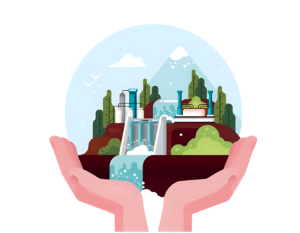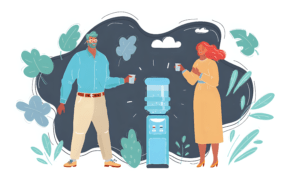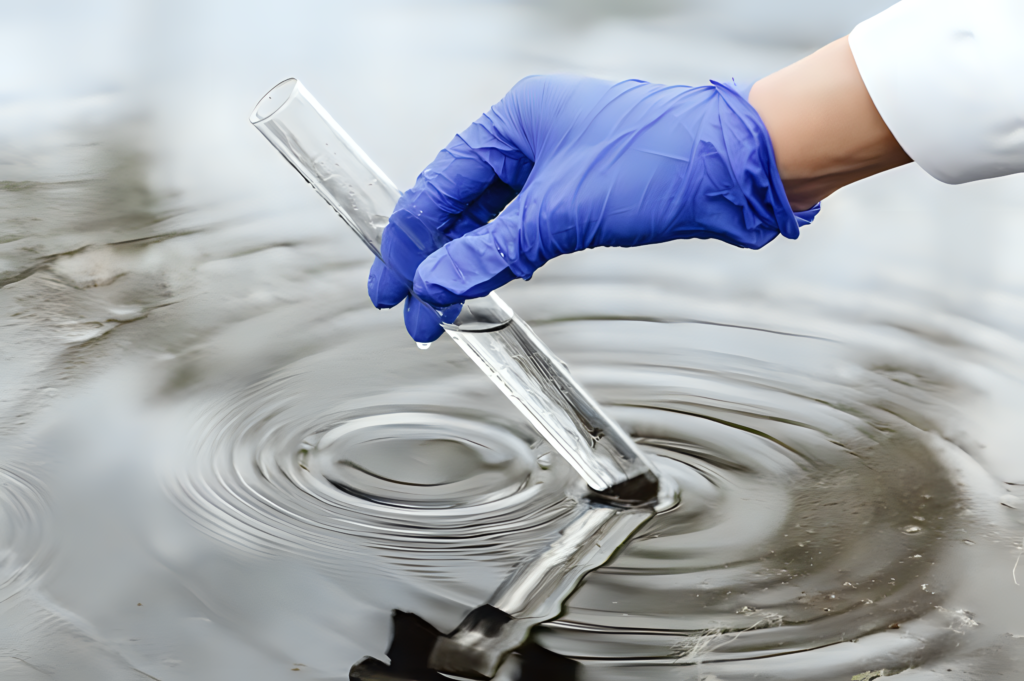Here are some creative ideas for Atmospheric Water Generators (AWG) with headings:
- Sustainable Ways to Get Water to Cities
Traditional water sources are getting more and more stressed as the population grows and more people move to cities. AWGs can be built into cities to provide a reliable source of clean water for drinking. By putting AWG systems on rooftops and in public spaces towns can get less of their water from far away sources, save money on transportation costs, and reduce the amount of pollution caused by getting water to people.
- Remote Communities Get Water Off the Grid
Many small, out of the way places don’t have solid sources of clean water. AWG technology can be used in these places to make water supply systems that don’t use the grid. AWGs that are powered by the sun can be used to pull moisture out of the air giving people in remote areas a steady source of safe drinking water.
- Making water resilient in areas prone to disasters
AWGs can be very important in getting ready for and responding to disasters. By carefully putting AWG units in places where disasters are likely to happen communities can make sure they have access to clean water in times of trouble. These units can be put together with disaster shelters and other relief attempts to help people right away.
- Agricultural Water Efficiency
Agriculture faces a big problem when there isn’t enough water, but AWG technology can help farmers use less water from traditional sources. AWGs can be added to greenhouse systems to give plants a local source of water that can be managed. This not only saves water but also makes it easier for plants to get the nutrients they need.
- Green buildings that are good for water

By adding AWG devices to green building plans, water-positive structures can be made. These buildings can not only get the water they need but they can also make more than they need. This extra clean water can be sent to nearby towns or used for things like irrigation or cooling systems.
- Getting water from the air in dry places

The lack of water is a huge problem in arid and dry areas. Innovative AWG solutions can use the wetness in the air to create small oasis-like spaces in these places. By using AWGs and smart irrigation systems together it is possible to grow plants and protect the local wildlife.
- Water security for military bases and other out-of-the-way places
Getting a reliable water source to military bases and other out of the way places isn’t always easy. AWGs can be sent to these places so that troops and staff always have access to clean water. This reduces the need for water hauling and makes the area more sustainable overall.
- Airports and other transport centres
Airports and transportation hubs are very important places that need a lot of water for many things like cleaning and cooling systems. By adding AWGs to the infrastructure of these buildings they can become more self-sufficient and have less of an effect on the world.
- Ocean-Going Vessels
AWGs can be put on ships that go out to sea to turn the moisture in the sea air into freshwater. With this new idea ships won’t have to take as much freshwater on long trips which makes shipping more environmentally friendly.
- Research and Development for Enhanced AWG Efficiency
To make AWG technology more useful and scalableit is important to keep doing research and development. Investing in materials science, energy efficiency, and water purification technologies can help make AWG devices more affordable and easy to use by a large number of people.
In conclusion
Atmospheric Water Generators have a lot of promise to help solve water shortage problems in many different areas. These new ideas show how AWGs can be used in many different ways to make water solutions that are safe and reliable for the future. As technology keeps getting better and more people learn how important it is to save water, AWGs are set to play a key role in making sure that people all over the world have access to clean water.


